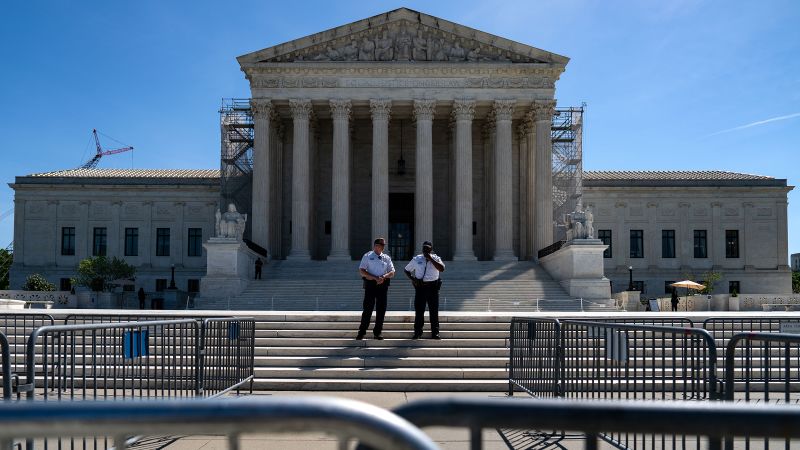In a recent Supreme Court ruling, it has become easier for individuals to sue their employers for discrimination in cases where they are transferred against their will. The decision, which was unanimous and written by Justice Elena Kagan, supported a St. Louis police sergeant who claimed her department discriminated against her by forcing her to transfer out of an intelligence division without reducing her pay. The case, brought by Jatonya Clayborn Muldrow, focused on whether she could sue for sex discrimination despite not experiencing a “materially significant” disadvantage due to the transfer.
Muldrow’s situation involved being moved from a division where she worked weekdays, wore plainclothes, and had access to an FBI taskforce and an unmarked vehicle to a role where she had to work weekends, wear a police uniform, and lost her FBI credentials while retaining her base pay. Justice Kagan’s opinion stated that while an employee must demonstrate harm from a forced transfer, they do not need to meet a specific significance test regarding the injury. Muldrow brought her case under Title VII of the Civil Rights Act of 1964, which prohibits workplace discrimination.
Despite lower federal courts initially ruling against Muldrow’s claims of gender discrimination and retaliation, the Supreme Court’s decision allows her case to continue in a lower federal court. Justice Kagan emphasized that Muldrow only needed to show some injury with respect to her employment terms or conditions, without it having to be significant. If Muldrow’s allegations are proven, Kagan suggested that she was left in a worse position multiple times due to the transfer.
While conservative Justices Clarence Thomas, Samuel Alito, and Brett Kavanaugh agreed with the ruling’s outcome, they questioned the court’s rationale. Justice Alito criticized Kagan’s opinion as “unhelpful” and expressed uncertainty about the standard being set for when employees could sue over unwanted transfers. He predicted that lower court judges might continue their current practices despite the decision, highlighting potential challenges in interpreting and applying the ruling in future cases of this nature.
The Supreme Court’s decision marks a significant development in the ability of individuals to address workplace discrimination through legal avenues. By clarifying that harm from a forced transfer need not meet a specific significance criterion, the ruling provides greater protection to employees who experience adverse changes in their employment terms or conditions. Muldrow’s case exemplifies the complexities of discrimination claims in the workplace and the challenges faced by individuals seeking redress for unjust treatment. As the case moves forward in a lower federal court, it will be scrutinized for its broader implications on employee rights and employer obligations regarding discrimination.















